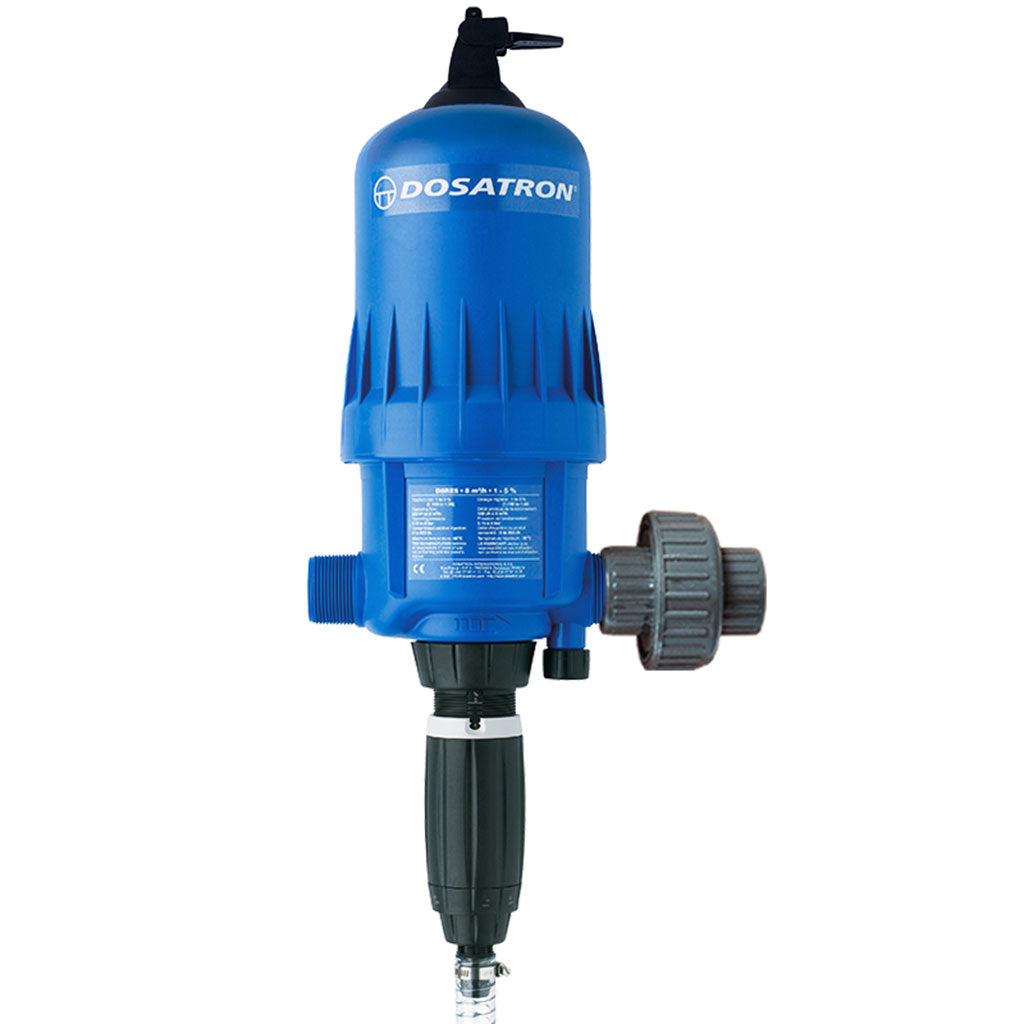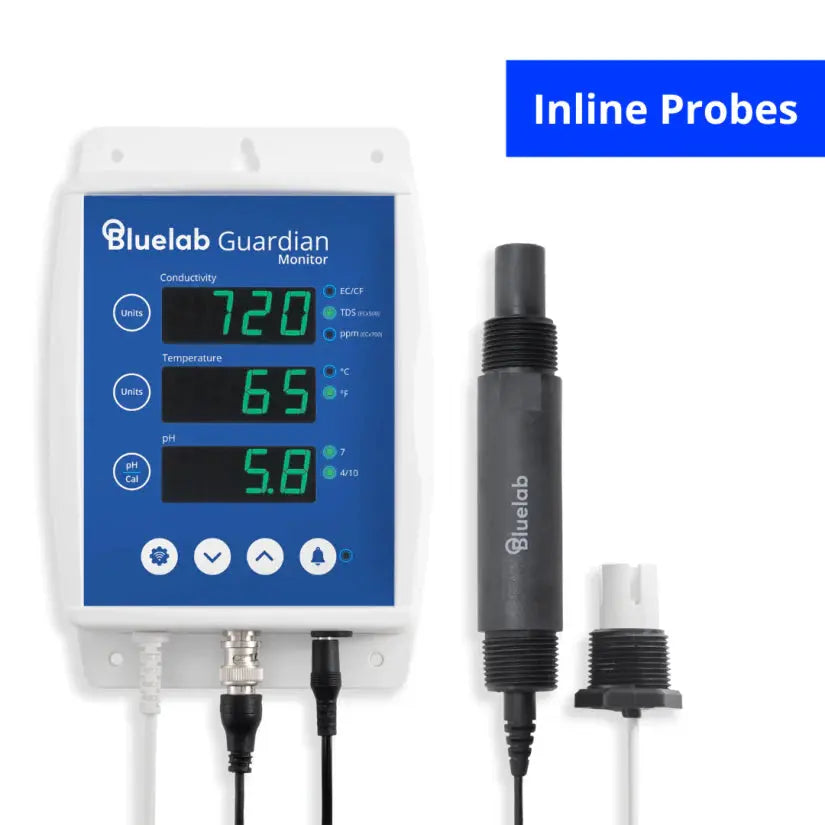Irrigation plays a major role in supporting healthy plant growth and maximizing crop yields. Different systems, such as drip irrigation, sprinklers, and hand watering, offer specific advantages and challenges depending on the needs of each garden or greenhouse. Choosing the right method is important for reducing water waste and making watering as efficient as possible.
Each type of irrigation system relies on several main parts, including a water source, timer or controller, filter, pressure regulator, and distribution pipes or tubing. The features and requirements of these components can change based on the water source, water pressure, and the size of the area being watered. Understanding these basics helps gardeners and growers make better choices for their unique needs.
Setting Up the System
Spray and Mist Options
Spray and mist systems use several key parts to work well. Common components include a digital hose timer for scheduling, a manual disc filter to keep debris out, and a pressure regulator to control water flow. Special hose adapters connect the system to typical garden hoses, while strong polyethylene tubing serves as the main water line. Holes are made using a hole punch, allowing the addition of hanging base assemblies and spray heads. Each line is capped with a strong end piece to prevent leaks.
Below is a sample list of common parts:
| Component | Purpose |
|---|---|
| Digital Timer | Controls watering schedule |
| Pressure Regulator | Maintains even water flow |
| Manual Disc Filter | Keeps dirt out |
| Spray Head Assembly | Delivers fine mist |
| Polyethylene Tubing | Main water line |
Drip Line Kits
Drip systems make watering more precise and efficient. Automated drip kits are available for both garden beds and containers, allowing careful water delivery to plant roots. These kits usually have everything needed for easy setup. Expansion is possible; extra parts can be added to cover additional areas or larger gardens. Many users find these systems easy to install, and the automated feature helps with regular watering.
Key benefits:
- Direct water to plant roots
- Less water waste
- Adjustable coverage
Pre-Packaged Drip Options
Kits from brands like DIG offer several choices for various setups. There are solutions for raised beds, patios, and home gardens, as well as mixes combining drip lines with micro-sprayers. These kits are packaged to fit different growing spaces and needs, making them easy for beginners. Most include clear instructions and all the parts required for assembly.
Here are some available kit types:
- Raised Garden Drip Set
- Patio Watering Pack
- Home Indoor Garden Kit
- Mixed Drip and Sprayer Set
Frequently Asked Questions
Steps for Setting Up a Drip Irrigation System
- Plan the layout for the garden and mark where the water lines will go.
- Measure and cut tubing to fit the planned paths.
- Connect tubing to the water source.
- Attach emitters or drippers near each plant.
- Secure tubing with stakes and make sure there are no leaks.
- Test the system by turning it on and checking water flow.
Types of Drip Irrigation Systems
- Standard Drip Line: Uses flexible tubing with small holes spaced evenly.
- Soaker Hoses: Porous hoses that let water seep out along their length.
- Micro Drip Systems: Use small tubes to deliver water to specific plants.
- Emitter Systems: Feature adjustable heads to control water flow for each plant.
Tips for Keeping Your Drip Irrigation Running Well
- Inspect filters and clean them regularly to prevent clogs.
- Check emitters for blockages and clear any debris.
- Flush the system every few weeks, especially after storms or heavy use.
- Repair leaks in tubing as soon as they are noticed.
- Store parts indoors during winter to prevent damage from freezing.
Adding a Timer to a Drip Watering Setup
Timers can be attached where the main line connects to the water supply.
Look for timers that fit your hose size and offer options for how often and how long to water.
Many models are simple to program using buttons or dials.
Comparing Mist Sprinkler and Drip Watering Methods
| Feature | Mist Sprinkler | Drip Irrigation |
|---|---|---|
| Water Delivery | Fine mist sprayed over area | Direct to soil near roots |
| Best For | Seedlings, humidity-loving | Gardens, shrubs, vegetables |
| Water Efficiency | Moderate to low | High |
| Wind Sensitivity | Easily affected | Not affected |
Choosing a Drip Kit for Bigger Gardens: Key Points
- Coverage area: Make sure the kit can handle the whole garden size.
- Number of emitters: Check if there are enough for all plants.
- Water pressure: Strong enough for longer lines but not too high for the system.
- Ease of expansion: Ability to add more tubing or emitters later.
- Included accessories: Look for kits with filters, connectors, and stakes.





















